US President Donald Trump and Japan Prime Minister Shinzo Abe announced to have agreed in principle on trade deal, at a joint press conference at G7 in France. The teams are now working on finalizing the agreement for signing next month.
Trump said “It’s a very big transaction, and we’ve agreed in principle. It’s billions and billions of dollars. Tremendous for the farmers”. US Trade representative Robert Lighthizer said the agreement “will lead to substantial reductions in tariffs and non-tariff barriers across the board.”
Abe also noted “we still have some remaining work that has to be done at the working level, namely finalizing the wording of the trade agreement and also finalizing the content of the agreement itself… But we would like to make sure that our teams … accelerate the remaining work for us to achieve this goal of realizing the signing of the agreement on the margins of the U.N. General Assembly at the end of September.”




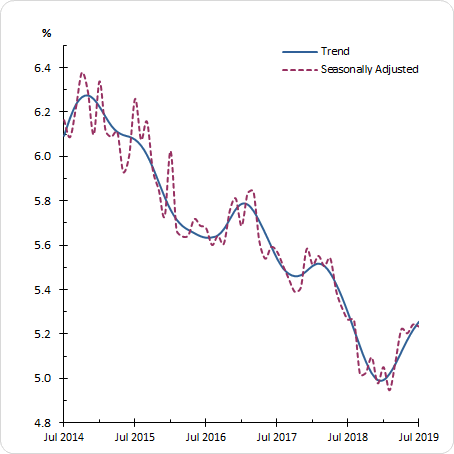
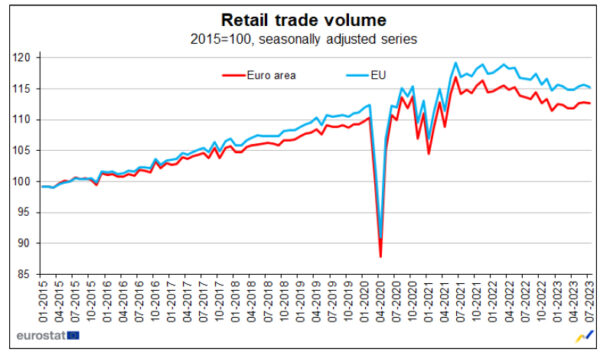
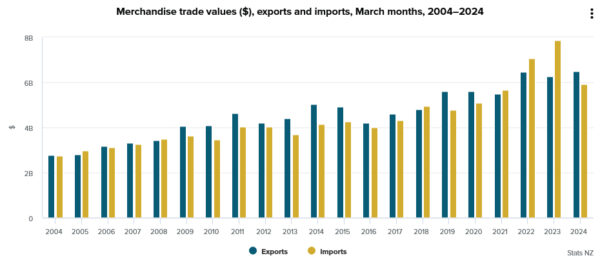
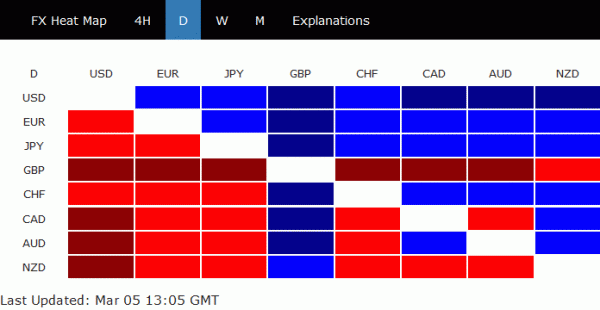
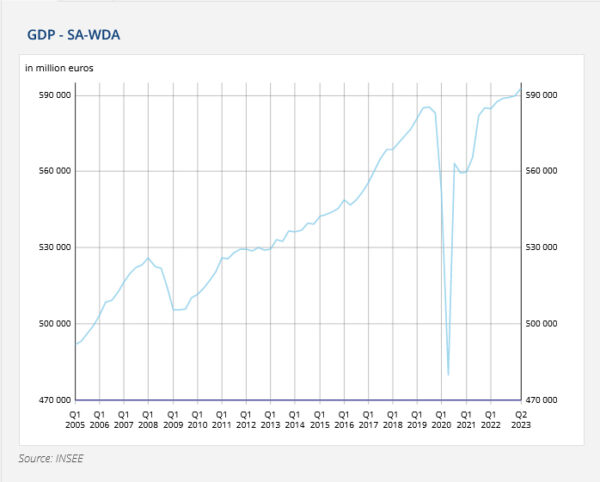
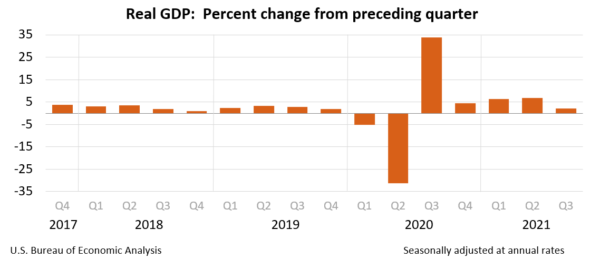
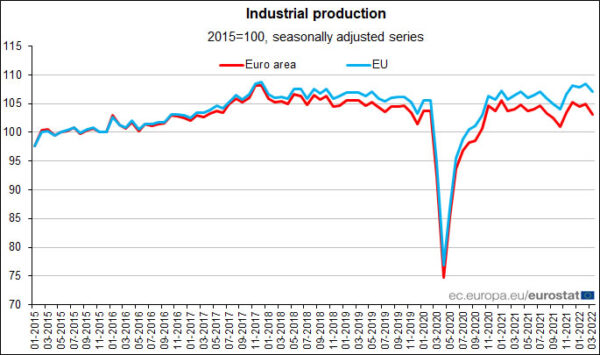
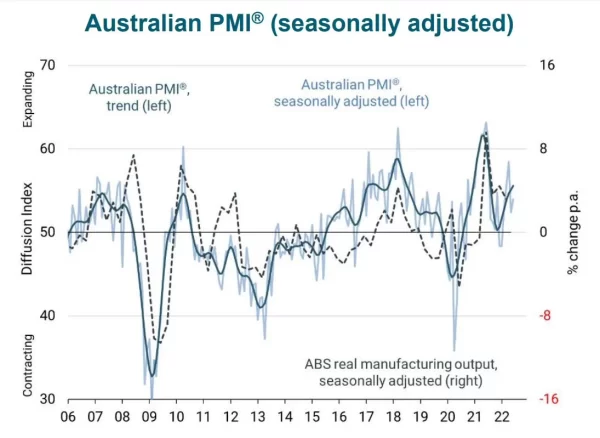

US-China trade deal might not be ready for APEC, farm purchase a sticky point
According to a Reuters report, the text of US-China trade deal might not be ready for signing at the APEC summit in Chile on November 16-17. An unnamed official was quoted saying “If it’s not signed in Chile, that doesn’t mean that it falls apart. It just means that it’s not ready. Our goal is to sign it in Chile. But sometimes texts aren’t ready. But good progress is being made and we expect to sign the agreement in Chile.”
Though, White House spokesman Judd Deere insisted, “As the president said several weeks ago, we have reached a phase-one agreement with the Chinese and both sides are working to finalize the text for a signing in Chile.”
Separately, it’s reported that the amount of farm purchases is a sticky point for the text of the agreement. US is pushing China to spell out that it would buy as much as USD 50B of American farm products. But China would want to make it flexible and make the purchases based on market conditions. An unnamed Chinese officials said “China does not want to buy a lot of products that people here don’t need or to buy something at a time when it is not in demand.”
And separately again, China’s UN Ambassador Zhang Jun warned on Tuesday that US criticism on China’s Xinjian policy is not helping trade negotiations. The US, UK and 21 other states pushed China to stop detaining ethnic Uighurs and other Muslims in Xinjiang Zhang said, “the trade talks are going on and we are seeing progress. I do not think its helpful for having a good solution to the issue of trade talks.”